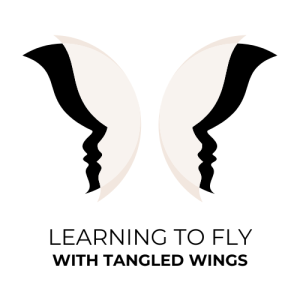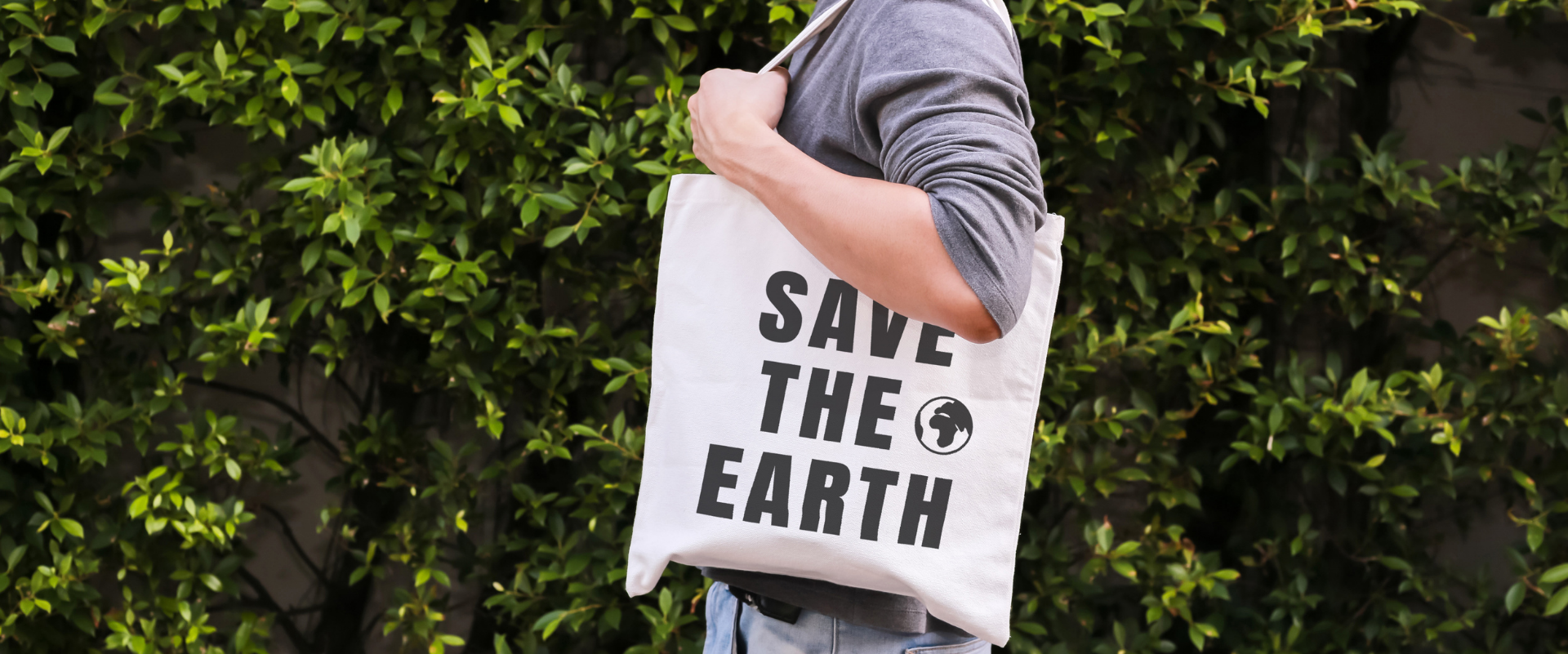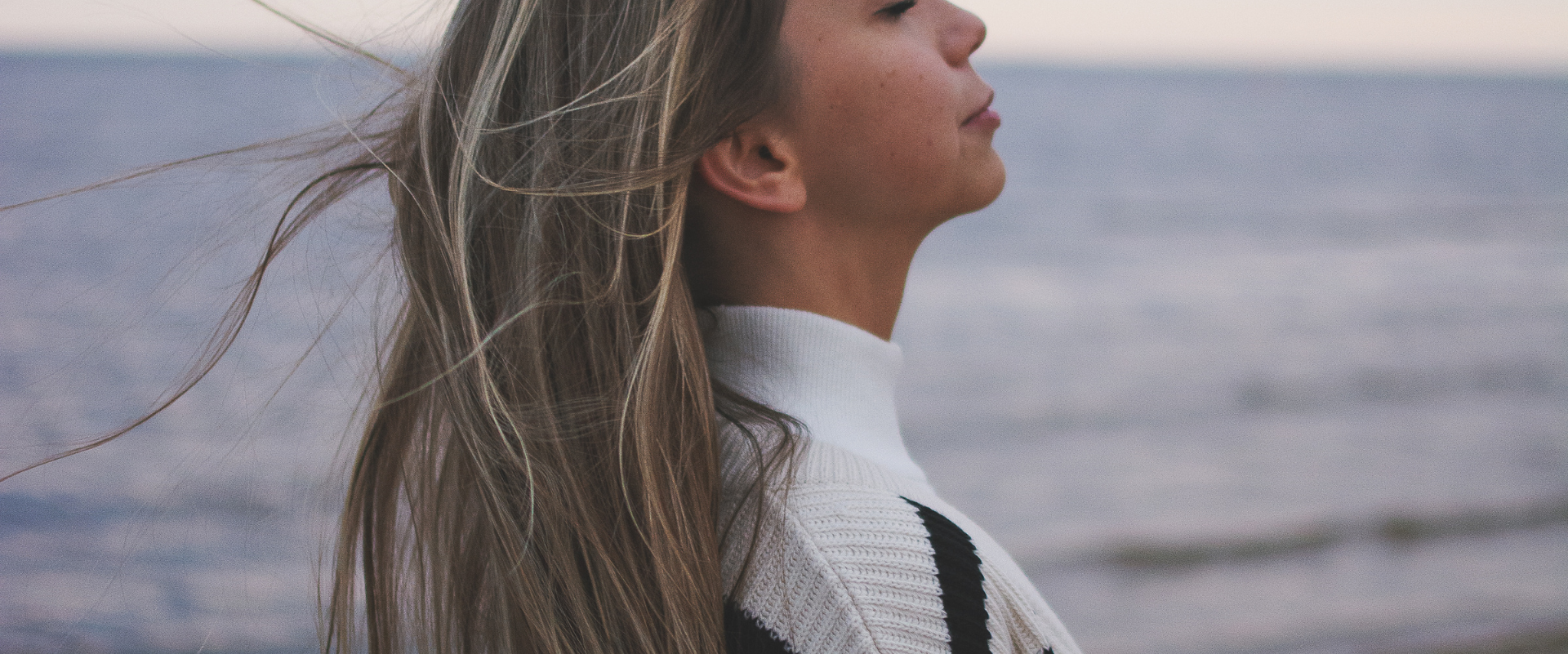Living SMART(T)
Living Big by Living Small
Resource Efficiency
Efficient systems play a large part in my minimalist lifestyle. My husband and I made the switch to tiny home living in February of 2021. We are passionate about reducing our carbon footprint through sustainable living practices.
In today’s modern society, there often appears to be a need to keep “busy”. Casual social conversations have been reduced to a lackluster equation of telling one another about work & just how ‘busy’ we are. There is a palpable obligation to remain “on-the-go”. To constantly be learning, going, or doing something. To remain “postable”.
Slowing down is met with the distasteful judgment of laziness. If we have time, the expectation is that we fill it. We are left wondering – when will it ever be “enough”? Our desire & perceived obligation to continually “go” creates a boundless discontentment that leaves us feeling anxious, unsettled, & unsatisfied.
In his book Light on Life, B.K.S. Iyengar states “In yoga, we consciously minimize our needs. We do this not to show how holy we are because we can live on a few grains of rice. We minimize our needs so that we can minimize our attachments & maximize our contentment. In so doing we are able to lessen our greediness. For one man a meal is slight; for another, it is a feast. Life is the same way. The fewer our demands on life, the greater is our ability to see its bounty.”
As I understand it, in essence, by minimizing our needs, we maximize our ability to be content. By doing away with some of our attachments, we lessen the prerequisites to our satisfaction.
I relate my minimalism to my yoga practice. By consciously evaluating our priorities, we are able to live more purposefully with our time, efforts, finances, & relationships. These systems become more efficient & less wasteful. It’s about conserving energy we don’t need to spend. By distinguishing opportunities to see what is excessive, we reduce the strain, pressure & need to first acquire so much of it.
I have an ongoing engagement with eco-living & concern for the environmental, social, economic, & ethical impacts of our modern way of life. I focus on sustainable models that utilize naturally occurring efficiencies in our environment & through that help support & balance our natural ethos. While there is much more research to be done on the behavioral & environmental impacts of tiny home living, current estimates show that on average, tiny home downsizers in the U.S. reduced their ecological footprint by 45%
Both building & living in a smaller space generally requires fewer resources. Our insistence to constantly consume has left us in ecological debt. Our green space is quickly disappearing, our air is becoming more polluted, & our once biodiverse canvas has begun to fragment many of our ecosystems. Our inefficient, wasteful processes are taking their toll on our environment & we can no longer ignore those consequences.
Albeit, “living small” is not for everyone. But by becoming aware of our consumption & consciously evaluating our needs, we reduce waste. We reduce inefficiencies & work with our environment, not against it. We can each do our part to lessen the rate & overall consumption of resources by distinguishing what we truly need and what can be downsized, localized, or downright put to bed.
Here’s How We’re Living SMART(T):
- SUSTAINABLE: Sustainability combines the wisdom of the earth with the knowledge of generations past & uses modern innovations in science to ensure health & abundance for our planet as well as future generations. By reducing the size of our home, we not only reduce the required inputs to create the structure but also more naturally adopt increasingly eco-friendly peripheral patterns thereby reducing our overall ecological footprint.
- MONETARY: As of March 2020, the U.S. median home cost was $320,000. While our house is much smaller than most, it is also far more affordable than most. While the cost to build a tiny house varies greatly depending on customizations & finishes, research shows the average cost to build a tiny home is $30,000-$60,000.
- ATTACHMENTS: Living in 400 square feet requires that we be relatively intentional with our belongings. Most of our kitchen tools are multi-purpose, we special-ordered a refrigerator with a slender profile, & are just generally more intentional with how we use the space. However, in that decision process, we consciously & actively prioritize what mattered & what didn’t. We only really used the same three rooms or so in most of our old places anyway.
- RELATIONSHIPS: We put our house on wheels because we intend to use those wheels! Our house allows us to go on adventures & incorporate fresh novelty & diversity in our relationships with other people as well as our relationship with each other.
- TIME/TRAVEL: Our house is a 32′ bumper pull that is just shy of 400 square feet. The 2020 average footage for a single-family home was 2,464 square feet. That’s 2000 square feet or so that we don’t have to furnish, vacuum, dust, (or hire a cleaner) to clean that 2000 square feet that we just really don’t use all that much. Having less to take care of around the house simply gifts us more time. The time that we can spend working in the garden or, doing absolutely nothing at all. With the gift of time, we are able to prioritize travel more. Being that the house is moveable, it allows changing locations to be much more accessible than if we had to sell & purchase a home each time we moved.
Slowing down isn’t lazy. When we combine simple, efficient systems with purposeful intent & continual innovation, that’s how we live SMART(T).





